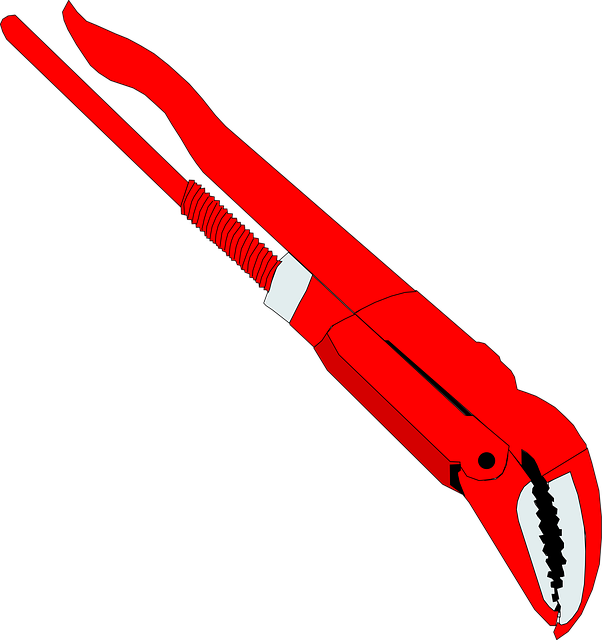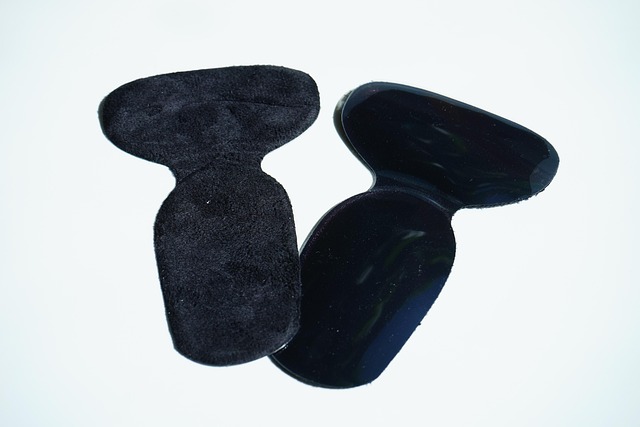After a car accident, soft tissue injuries like muscle strains, ligament sprains, and tendon damage often go unnoticed but can cause chronic pain and limited mobility. Chiropractic treatment, offered by experts in diagnosing musculoskeletal disorders, is a non-invasive option for managing these injuries. Chiropractors use manual adjustments, therapeutic exercises, and other techniques to reduce pain, restore function, and promote healing without medications. This holistic approach, integrating chiropractic, physical therapy, rest, and gradual activity, accelerates recovery and encourages patients to actively manage their long-term wellness and injury prevention.
“After a car accident, soft tissue injuries can often be overlooked, but they significantly impact recovery. This comprehensive guide explores the intricacies of these injuries, with a focus on chiropractic treatment as a holistic approach to healing. We delve into the science behind soft tissue damage and its effects, offering insights into effective rehabilitation strategies.
Learn about the benefits of chiropractic care for car accident victims, including improved mobility and pain relief. Additionally, discover practical tips to enhance your recovery journey, ensuring a swift and successful return to health.”
- Understanding Soft Tissue Injuries After a Car Accident
- The Role of Chiropractic Treatment in Recovery
- Tips for Effective Healing and Rehabilitation
Understanding Soft Tissue Injuries After a Car Accident

After a car accident, soft tissue injuries can often go unnoticed but are still significant. These types of injuries refer to damage to muscles, ligaments, and tendons, and they can manifest in various ways, like chronic pain, limited mobility, or swelling. Since these tissues don’t show up well on standard imaging tests, they’re frequently overlooked during initial medical assessments.
Chiropractic treatment has emerged as a valuable option for managing car accident soft tissue injuries. Chiropractors are trained to diagnose and treat musculoskeletal disorders, including those resulting from vehicular accidents. They employ manual adjustments, therapeutic exercises, and other non-invasive techniques to alleviate pain, restore function, and promote healing in affected soft tissues. This approach can be particularly beneficial as it focuses on the body’s natural ability to heal itself.
The Role of Chiropractic Treatment in Recovery

Chiropractic treatment plays a significant role in the recovery process for individuals who have suffered soft tissue injuries in car accidents. Soft tissue injuries, which include muscle strains, ligament sprains, and tendon damage, are common in vehicular collisions due to the sudden and forceful impact. Chiropractic professionals are experts in diagnosing and treating these types of injuries without the need for invasive procedures or prescription medications.
The goal of chiropractic treatment is to reduce pain, improve mobility, and restore the body’s natural alignment. Chiropractors use a variety of techniques, such as manual adjustments, soft tissue therapy, and exercise programs, to address the underlying causes of discomfort and facilitate the healing process. This holistic approach not only accelerates recovery but also empowers individuals to actively participate in their own healing journey, promoting long-term wellness and preventing future injuries.
Tips for Effective Healing and Rehabilitation

Effective healing and rehabilitation after a car accident soft tissue injury involves a holistic approach, often including chiropractic treatment. Chiropractic care can play a crucial role in managing pain and promoting recovery by addressing the underlying structural issues that may have been affected during the incident. Chiropractors use various techniques such as manipulation and adjustment to improve spinal alignment and mobility, which can alleviate pressure on nerves and reduce inflammation. This gentle, non-invasive approach can be particularly beneficial for soft tissue injuries like muscle strains, ligament sprains, and tendon damage, common in car accidents.
Rehabilitation should also include a combination of physical therapy, rest, and gradual return to normal activities. Maintaining a consistent treatment plan with your healthcare providers will help you track progress and adjust as needed. Additionally, adopting healthy habits such as regular exercise, proper nutrition, and adequate sleep can significantly enhance the healing process. Staying active within the limits of comfort and avoiding strenuous activities that could aggravate the injury are also essential tips for effective recovery from car accident soft tissue injuries.
In the aftermath of a car accident, understanding and addressing soft tissue injuries is crucial for a successful recovery. Chiropractic treatment has proven effective in managing these injuries by focusing on the body’s natural healing mechanisms. By combining adjustments with tailored rehabilitation strategies, individuals can significantly enhance their road to healing. Embracing a proactive approach, including proper care and support, ensures optimal outcomes for those navigating car accident soft tissue injury recovery.














